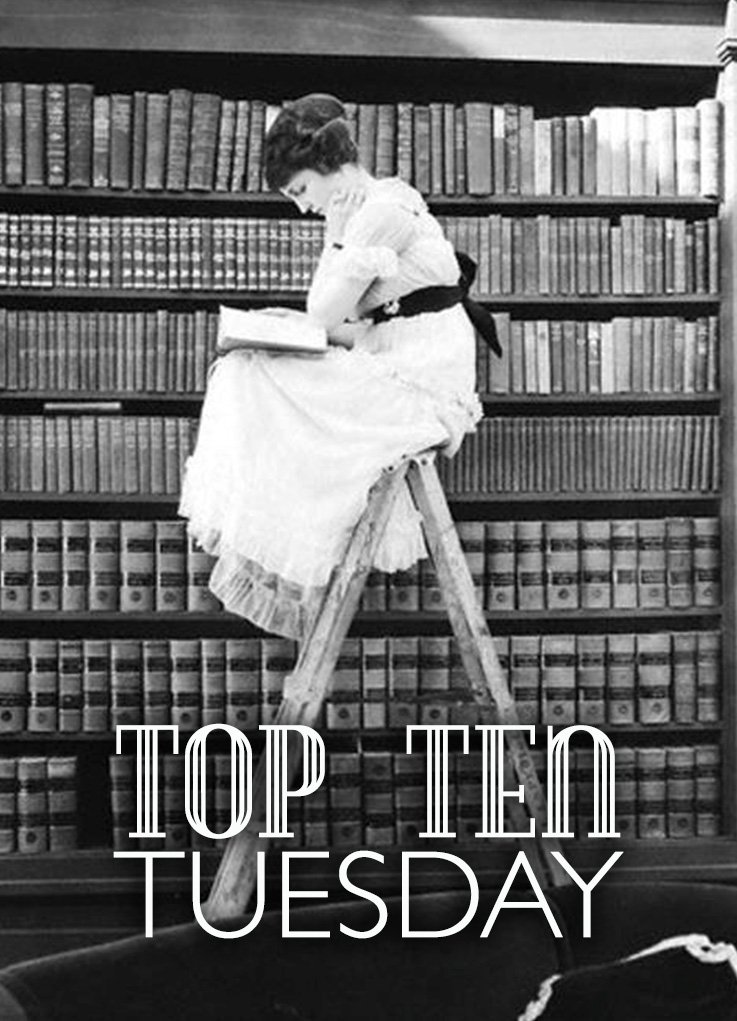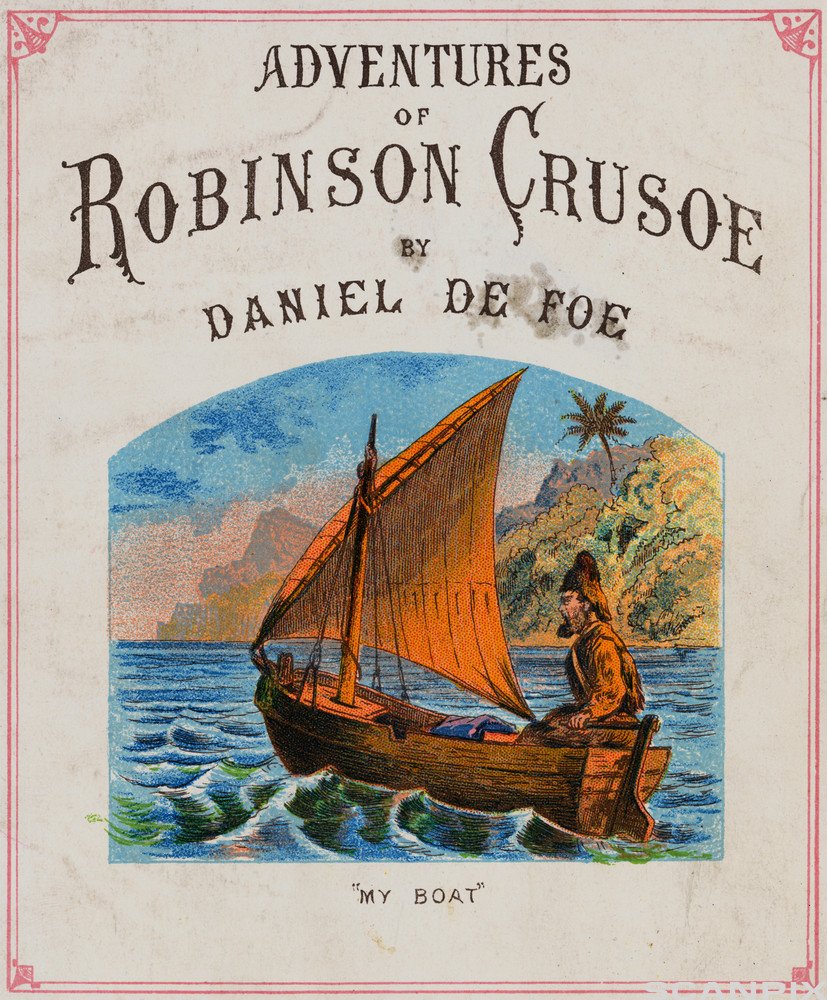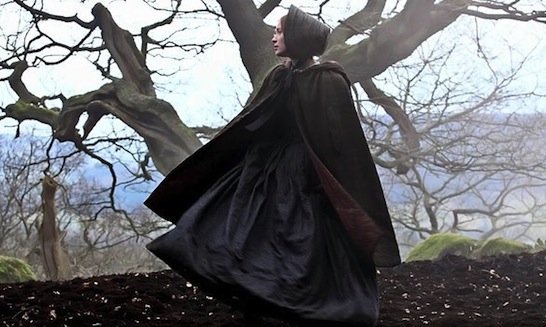
It’s kind of amazing that I became an English major considering how many books we had to read in high school that were either A) terrible, B) badly taught, or C) both.
These are some ideas that I think would have been much more effective and enjoyable in high school. Maybe some of you were lucky enough to have great teachers and good books, but I would have infinitely preferred these reads.

The Old Man in the Sea is boring. It just is. But the idea of man vs. nature and man vs. self still need to land on the syllabus. Keep with the nautical / survival theme and teach Robinson Crusoe instead. There are the additional themes of race and inclusion, plus the historical aspects of the true story. Yes, there is some archaic language to work through but it’s much less annoying than Hemingway’s dry, declaratory sentences. It is also a good substitute for Moby Dick (yuck).
Another option for man vs. self is Dr. Jekyll & Mr. Hyde. It has the advantage of being short and perhaps grabbing more Gothic-minded students.
I did not like reading The Things They Carried in any way. My teacher was so poor that I can’t even recall what the point of it was. I guess to discuss the pointlessness and monotony of war…? How about Vonnegut or Heller, then? The satirical bent of Catch-22 is much more amusing and makes it more approachable for readers.

I did not like Grendel, plus we had to read it without having read “Beowulf,” which makes no sense whatsoever. Even so, I didn’t find it clever or funny. If you’re trying to teach classic-turned-parody or alternate viewpoints, may I suggest pairing Jane Eyre and The Eyre Affair? The classic is much more likely to engage readers at that age than “Beowulf” or even Wuthering Heights. And The Eyre Affair is genuinely funny, smart and completely original. It even features other humorous literary references for more agile readers. They could even include Rebecca as a modern take on Eyre.
I (mostly) enjoyed The Scarlet Letter, but our teacher was so addled that she made a boring, lumpy mess of it. We had no context (other than we lived in New England at the time) to really understand the stakes. Perhaps some readings from The Witches by Stacy Schiff (it’s really long) or The Six Women of Salem, or even these brief letters to give students a better idea of what life was like and why Hester Prynne’s actions were so incredible.
I wish we had read more nonfiction. I know novels are the easy go-to and nonfiction is for history class, but I think there could have been some more. I’m really pleased to hear that many high schools are adding The Devil In The White City to the curriculum. That is amazing! Adding Let Us Now Praise Famous Men combines the stark photography of Walker Evans and the brilliant essays of James Agee. There is more to be gleaned from this work than simple history. And I wish we could have read essays by Dorothy Parker, at least with The Great Gatsby, if not instead of.
And teachers, for the love of all that’s printed, don’t make your students read a Shakespeare play and expect them to understand it. I read them now, but as a way to revisit. There are plenty of faithful adaptations of the major works. Let them watch it. Let them read along. Have them act out scenes using modern dialogue. Shakespeare himself didn’t expect anyone to read his plays — Why should you?
